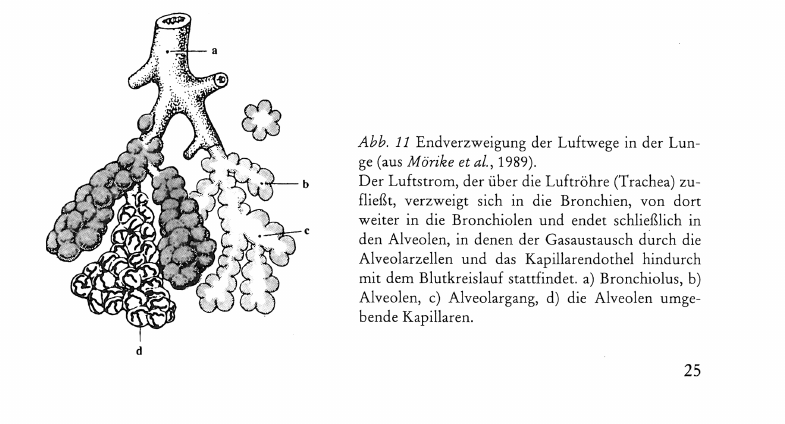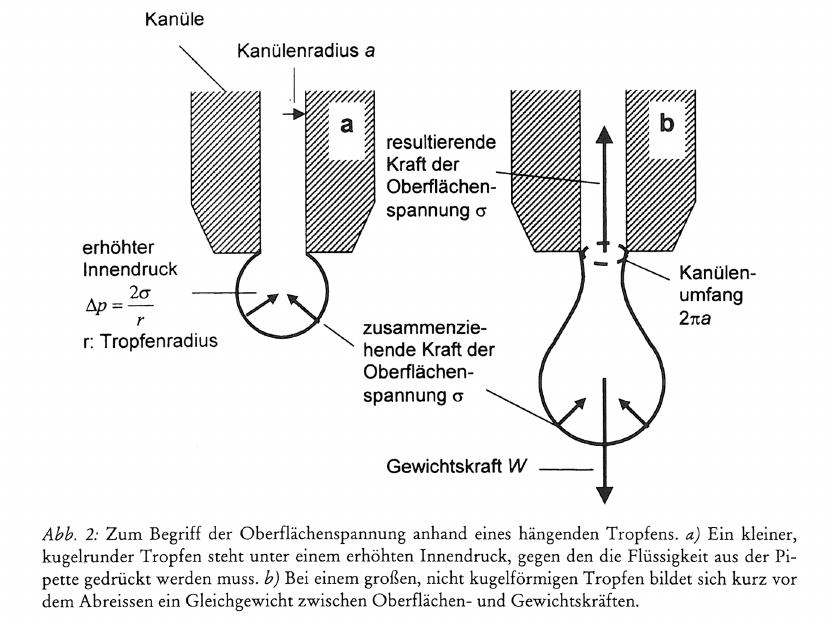Prozesse an Flüssigkeitsoberflächen
Wirkungen oberflächenaktiver Substanzen im Tropfbild und in den Alveolen der Lunge
Export Article Citation as
- Plain text
- BibTeX
- RIS format
- Download price : € 6.00
Abstract:
Fluid surfaces are areas where fascinating interactions between the effects of certain substances and fluid motions develop. For the understanding of such processes some phenomena of surface activity are demonstrated and described in physical terms.
Due to its high sensitivity to surface active agents, the drop picture method is a suitable means to detect even trace amounts of these substances. This is shown by a study of adsorption of aqueous extracts from mistletoe (Viscum album L.) on glass surfaces.
The relevance of surface activity for physiological processes is demonstrated at the alveoli of the lung. It can be seen how the properties of the air/water interface are changed by the influence of surface active agents in the lung to serve life-preserving processes in humans and animals.












